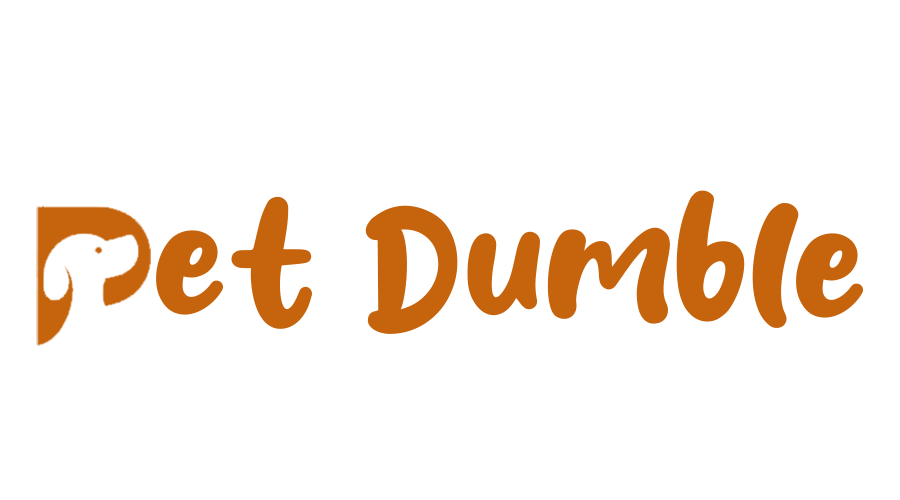If you’re a dog parent, you already know how heartbreaking it feels to close the door and hear your dog cry. For many, this daily routine comes with guilt, stress, and even chewed-up furniture. What often lies beneath this behavior is separation anxiety, one of the most common yet misunderstood emotional issues in dogs.
As lifestyles become busier, many dogs spend longer hours alone. But solitude doesn’t have to equal suffering. With the right enrichment, structure, and understanding, dogs can actually learn to enjoy calm, independent time — and tools like Freezbone are making that transition easier for both pets and their people.
Understanding What Separation Anxiety Really Is
Separation anxiety is more than sadness. It’s a deep panic response triggered by being separated from someone a dog has bonded to. Dogs experiencing it may bark, whine, drool, pace, or try to escape confinement the moment they sense you’re leaving.
Unlike boredom or mischief, separation anxiety is an emotional reaction rooted in fear and attachment. Your dog isn’t trying to “get back at you” — they’re simply overwhelmed by the idea of being alone.
Some common causes include:
- Sudden changes in schedule, such as returning to the office after remote work
- Rehoming, adoption, or past abandonment
- Major household changes (new baby, new pet, relocation)
- Lack of gradual independence training during puppyhood
Recognizing that anxiety, not disobedience, is driving the behavior is the first step toward helping your dog recover.
The Science Behind Enrichment and Calm Behavior
Dogs thrive on mental and physical stimulation. When their brain is engaged, it triggers the release of serotonin and dopamine — the same “feel-good” hormones that reduce stress in humans. Enrichment activities like chewing, licking, sniffing, or puzzle-solving can activate these pathways and create natural calm.
That’s where interactive enrichment toys come in. By keeping your dog’s mind busy in healthy, rewarding ways, you redirect their anxious energy into focus and satisfaction. Over time, they start to associate alone time with something positive.
Freezbone: Turning Alone Time into Calm Time
Among modern enrichment tools, Freezbone has gained popularity because it blends two essentials dogs love: chewing and frozen treats. Designed as a refillable rubber toy, it allows pet parents to fill it with flavored mixtures (like chicken, duck, beef, or liver), freeze it, and then give it to their dog during quiet or anxious moments.
Here’s why it works so well for dogs with separation anxiety:
- Long Engagement: A frozen Freezbone can last up to an hour, providing steady mental stimulation while you’re away.
- Positive Association: When your dog receives a Freezbone each time you leave, they begin linking your departure with something enjoyable.
- Stress Relief: The licking action releases endorphins, which naturally help dogs self-soothe.
- Safe and Durable: Made from non-toxic natural rubber, it’s designed for long-term use and different chew strengths.
- Refillable and Eco-Friendly: You can prepare multiple ones ahead of time, reducing waste and giving your dog variety.
In behavioral training, this kind of consistency builds emotional security. Instead of focusing on your absence, your dog focuses on the reward — a simple shift that changes the experience entirely.
Building a Daily Calm Routine
Recovery from separation anxiety takes time, but structure helps. Here’s a sample calm-time routine that integrates Freezbone enrichment with behavioral training:
- Exercise Before Departure: Start with a walk or play session to release excess energy.
- Short Absences First: Practice leaving the room for a few minutes at a time.
- Introduce the Freezbone: Offer the frozen treat-filled toy right before you step out. This moment should feel routine, not dramatic.
- Return Calmly: When you come back, wait until your dog settles before greeting them.
- Repeat consistently: Over time, your dog learns that being alone means quiet, rewarding time instead of fear.
Pairing this with other enrichment — puzzle feeders, sniffing games, slow feeders — creates a balanced, engaging environment even when you’re not around.
Beyond Toys: The Bigger Picture
While enrichment tools like Freezbone play a crucial role, they work best alongside broader training strategies. Dogs benefit from predictable routines, gradual exposure to solitude, and positive reinforcement for calm behavior.
Avoid punishing your dog for anxiety-driven actions like barking or destruction. These behaviors stem from distress, not defiance. Instead, focus on rewarding relaxation and calm responses.
If your dog’s anxiety is severe, consider professional help from a certified dog trainer or veterinary behaviorist. Some cases benefit from short-term medications that make it easier for dogs to learn new, calmer associations.
Why Freezbone Fits the Modern Dog Lifestyle
Today’s pet parents want more than entertainment for their dogs; they want emotional wellness. Freezbone meets that need beautifully because it turns daily moments into opportunities for mental balance. It encourages independence, builds confidence, and supports healthy chewing habits.
It’s also convenient for busy owners. You can fill and freeze multiple toys at once, keep them ready, and hand one to your dog before leaving. For dogs that struggle with long hours alone, this small ritual can change everything.
A Simple Start Toward a Calmer Dog
Helping a dog overcome separation anxiety takes time, but it doesn’t have to be overwhelming. With patience, consistency, and smart enrichment, your dog can learn that being alone is safe and even enjoyable.
Freezbone is more than just a toy — it’s a bridge between anxiety and peace. It keeps your dog engaged, satisfied, and emotionally grounded when you can’t be there.
For dog parents searching for a realistic, compassionate way to support their furry companions, starting with structured enrichment is the best first step. And when that enrichment is as creative and effective as Freezbone, you’re not just managing anxiety — you’re building a happier, more confident dog.

